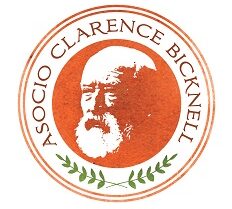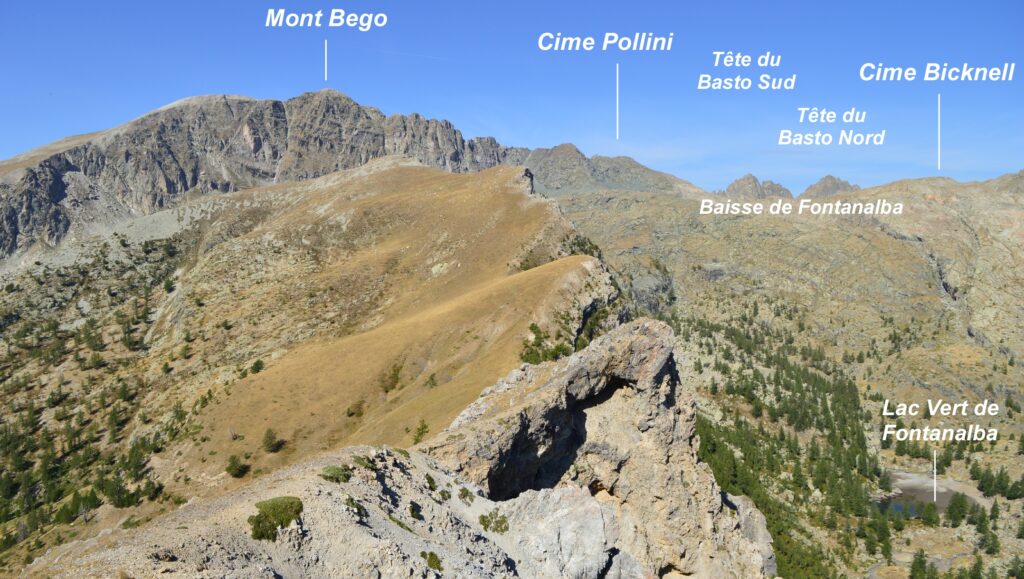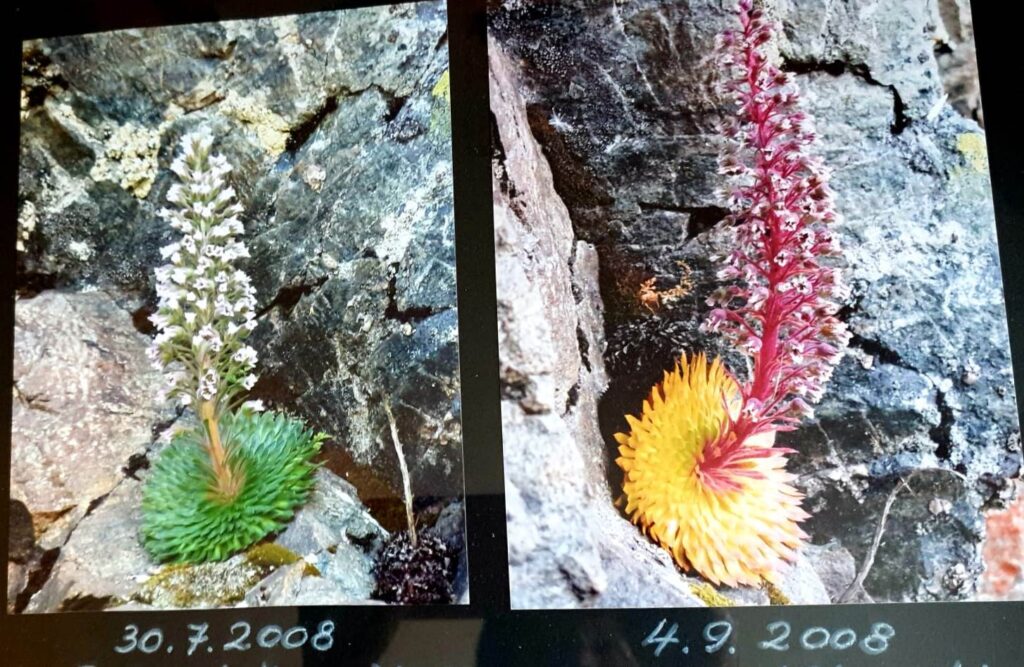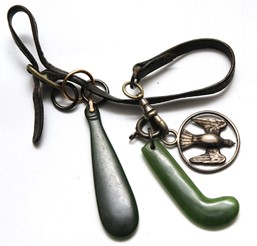Naming of Cima Pollini
Our website and Facebook posting about the identity of Luigi Pollini (https://clarencebicknell.com/cima-pollini-who-was-pollini/) has triggered further input on the subject from readers. Most informative is this from Luca Barale, Researcher for the National Research Council of Italy, Institute of Geosciences and Earth Resources, in Turino. He writes to us on 15 November 2021… “I hope this […]
Naming of Cima Pollini Read More »



